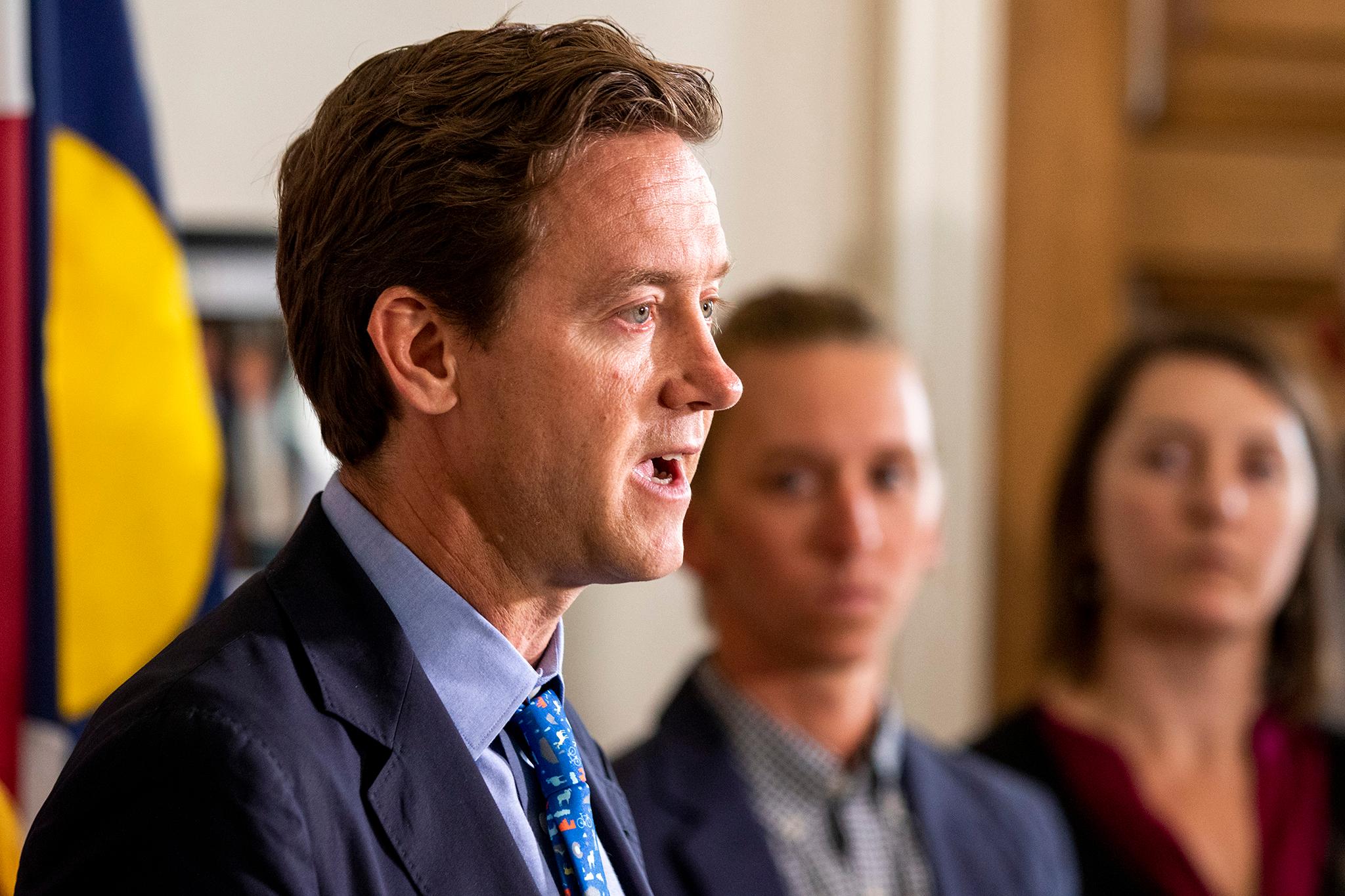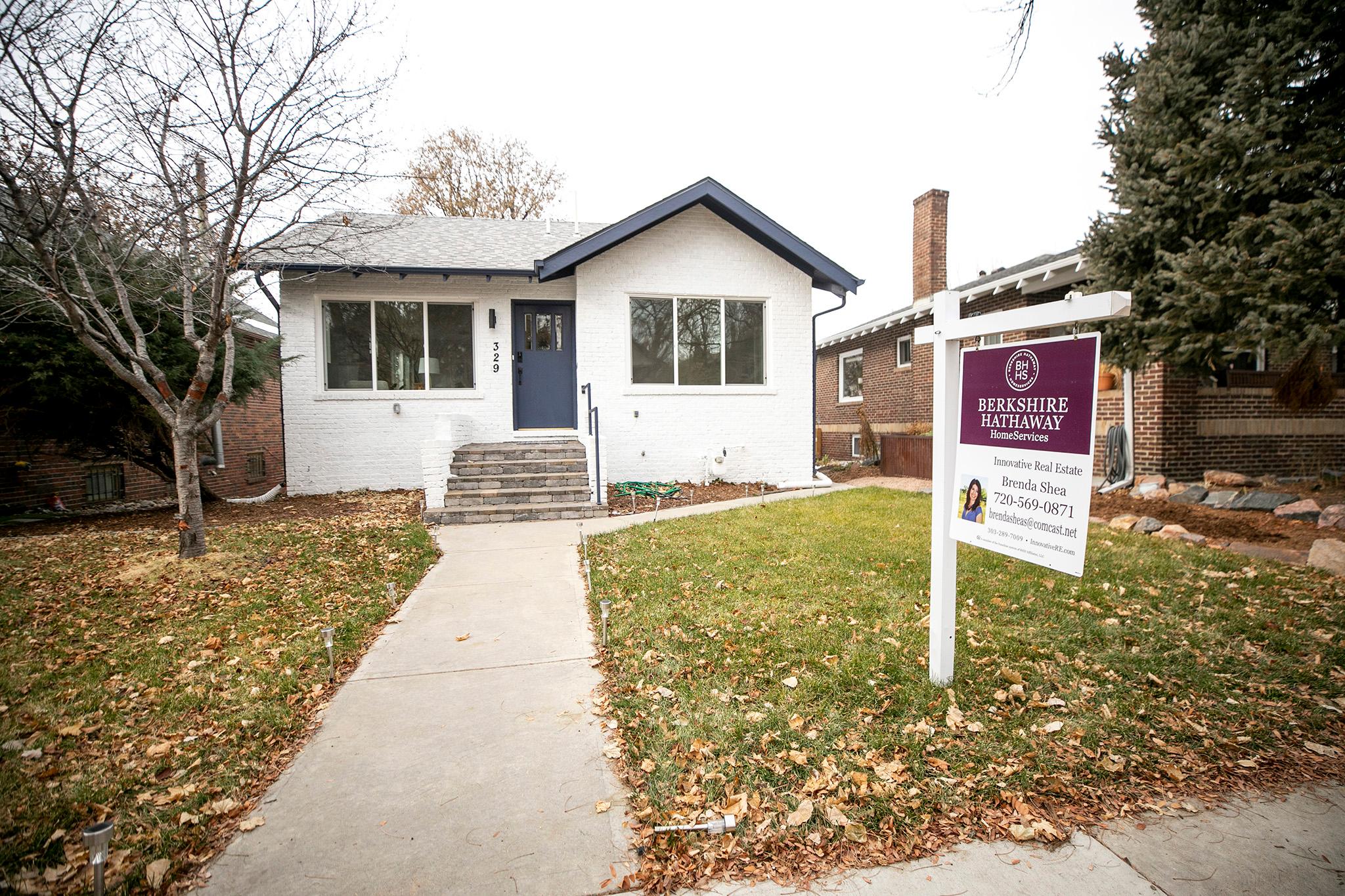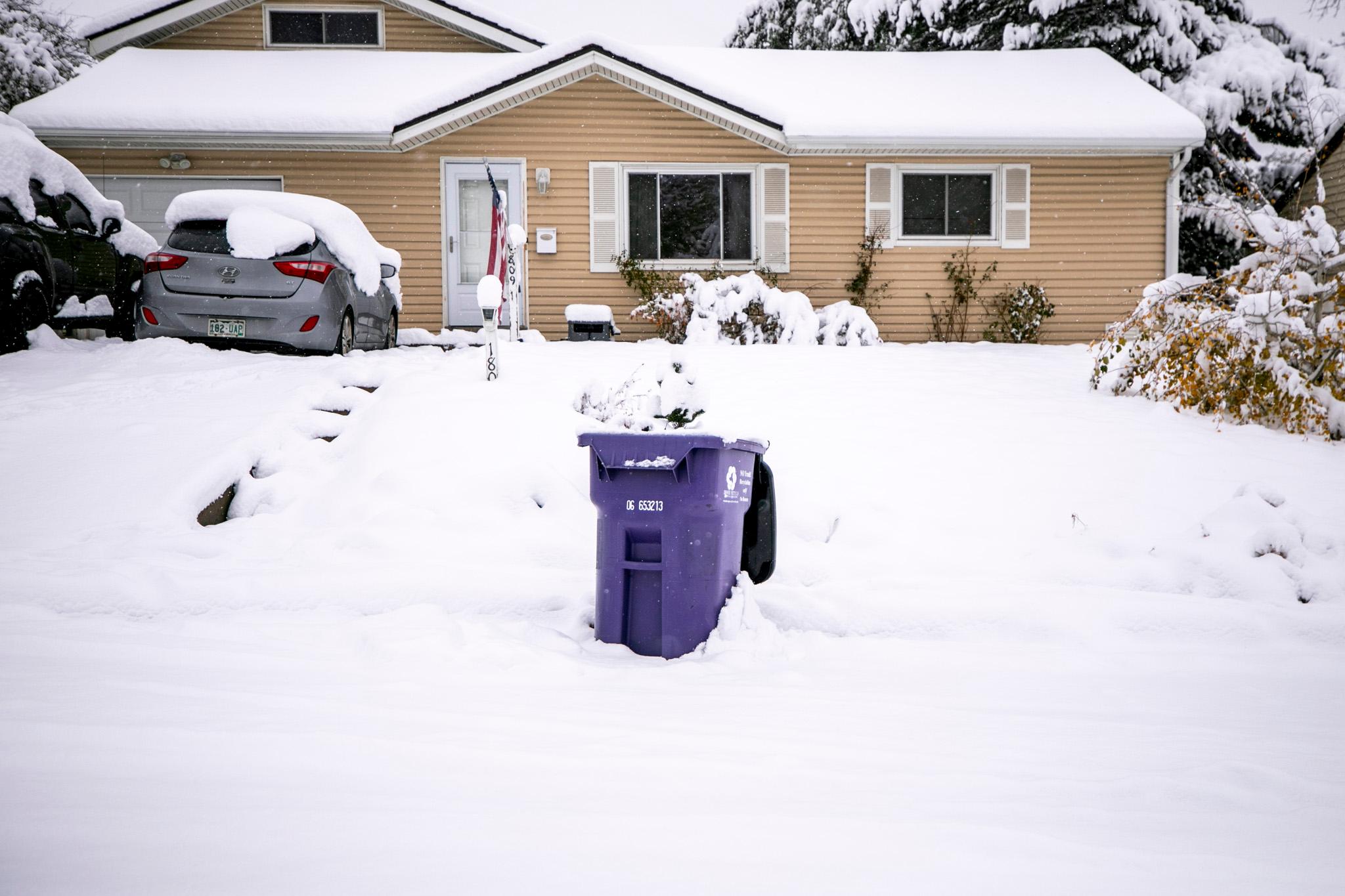Mayor Mike Johnston has an ambitious plan to end homelessness, but there's a whole lot we don't know about how he will pull that off.
Since getting into office, Johnston's had no shortage of meetings on how to house 1,000 people living on the streets by Dec. 31 -- and every person housed by the end of his first term or in four years.
There are a number of crucial steps that need to be taken as he tries to meet his lofty goal: he lacks a budget, specific housing units haven't been identified, and while Denver is applying for federal and state money, those dollars have still not been secured.
Here's what Johnston has done to get his plans moving along.
After declaring homelessness an emergency, he set up the city's emergency operation center, where dozens of city workers are collaborating on the issue.
"I was down there yesterday," he said at a Tuesday morning press conference. "Very productive conversations are happening across all agencies and departments to figure out how we can take on these challenges in a coordinated way."
On Monday night, City Council extended his emergency declaration, with a lone no vote from Councilmember Amanda Sawyer, who pushed to delay the extension of the declaration, a proposal the rest of Council shot down.
"I do think homelessness is an emergency," Sawyer told Denverite. "I am really excited to see some bold actions being taken. But it is the attorney in me. I am a hope for the best prepare for the worst kind of person, and it's day seven today. And I feel like we just haven't had the opportunity to get the answers to a lot of our questions."
For example, how much will Johnston's homelessness solutions cost? How will the city ensure equity in how it picks vendors to contract with? How will the rest of the city function when so much attention is given to one single issue and what will be prioritized?
Sawyer appreciates Johnston's energy and likens it to a "breath of fresh air."
"It feels good," she said. "It feels exciting. And I think everybody has a lot of hope for the future. But also, I need some answers."
In his first week in office, the city conducted no encampment sweeps that he was aware of, Johnston said.
Denver is planning to bring trash services to encampments this weekend to help keep them clean as the city works to find solutions for people living there.
While encampment sweeps were a signature of Mayor Michael Hancock's era, Johnston said his policy is different because every sweep will come with the offer of housing. He won't just disband an encampment only to have it move to a nearby street.
While still in office, Hancock told Denverite that offering housing, shelter and services was also the city's policy under his administration.
Homeless services providers have widely criticized sweeps for making it harder to consistently connect with people experiencing homelessness to offer medical and social services and housing. Unhoused residents say the sweeps have led to trauma, lost belongings and instability, making it harder for them to survive and find housing.
Advocates with the Housekeys Action Network Denver have raised concerns that the criminalization of homelessness will continue under Johnston's administration. People experiencing homelessness have asked Denver Police to back off of encampments and requested the city disband the Street Enforcement Team, a group of unarmed citizens some unhoused people say act more like bullies than advocates.
What will law enforcement's role be in homelessness policy in the next few weeks?
"Our real priority here is obviously working with our unhoused neighbors to get them prepared to move into housing," Johnston said. "That being said, we still do know there are places where we have public health or safety risks or where we have right of way infringements or we have private property that's being infringed. We are continuing to clean up or intervene in those sites. And so that will continue. But our real priorities are the conversations, the relationship building, the planning for moving people into housing."
So where are all these people going to go?
Johnston said the city is looking at housing options in four different categories:
He's working with current landlords to open up available rental units -- what he calls "scattered site housing."
He's exploring hotel conversions, turning empty hotels and motel rooms into microunit housing, some with small kitchens, baths and beds. Others will have shared kitchens.
His administration is looking for vacant land to construct micro-communities, including tiny homes, where people could live temporarily while they wait for housing.
And his lowest-level priority is to identify larger commercial spaces for a mix of group and individual shelters.
All would include wraparound social and medical services for those who need it. Much of this mirrors Hancock-era solutions that were tested with mixed results. Some hotel shelters have been closing down as federal pandemic emergency funding dries up.
What if people opt not to go to shelter?
Johnston said that research shows that 90% of people on the streets would accept shelter if offered.
"We won't have enough capacity to serve 90% of the population right now," he said. "Hopefully this number would be somewhere like 30%, 40%, 50%, depending on how it works out."
Johnston is seeking neighborhood and City Council district buy-in for his plans.
One issue multiple homeless and low-income housing providers have faced is that neighborhood groups and individuals have opposed new low-income housing and shelters in their communities.
"We are doing a neighborhood tour and will be in all 11 council districts over the course of the next 45 days," Johnston said.
He has said he will connect with neighbors and ask for their help in solving homelessness, identify land and resources, and hear their concerns about his plan.
Here's what Johnston doesn't know.
He has not identified a specific dollar amount that this massive undertaking will cost -- partly because he's still not certain which of the four housing types will be easiest to acquire or build and because they all carry different price tags.
His "ballpark" guess for housing 1,000 people is $40 million.
How the project will be funded is also not entirely known, though he's trying an "all-of-the-above" approach, including private, local, state and federal funding. He's hoping to take leftover pandemic-era American Rescue Plan Act money. How much still exists is uncertain.
The city has also applied for funds through Proposition 123, legislation he helped craft. The legislation has strict requirements for permitting times cities must meet to access the money -- times far faster than Denver's planning department is achieving. The department says it can't reach those goals, required to secure Proposition 123 funding, with current staffing, according to documents obtained by Denverite. The state would have to change or bend the rules to accommodate Denver's needs.
What nonprofits will operate the shelters in industrial buildings? Johnston also doesn't know that but is in conversations with service providers.
What nonprofits are adequately staffed to provide the wraparound services he's promising is also unclear.
Johnston acknowledges that some of his strategy isn't ideal.
Building out group shelters in industrial spaces has been widely criticized as an inadequate solution to street homelessness, since shelters already exist and those temporary spaces are not housing.
He's also not sure how many of the 1,000 people he's trying to house will wind up in group shelters or how many of each type of housing the city will be able to build.
People trying to get back on their feet want a lock, a key and an address they can put on a job application, he said, adding that the city's "real focus is on individual, private units for people."













